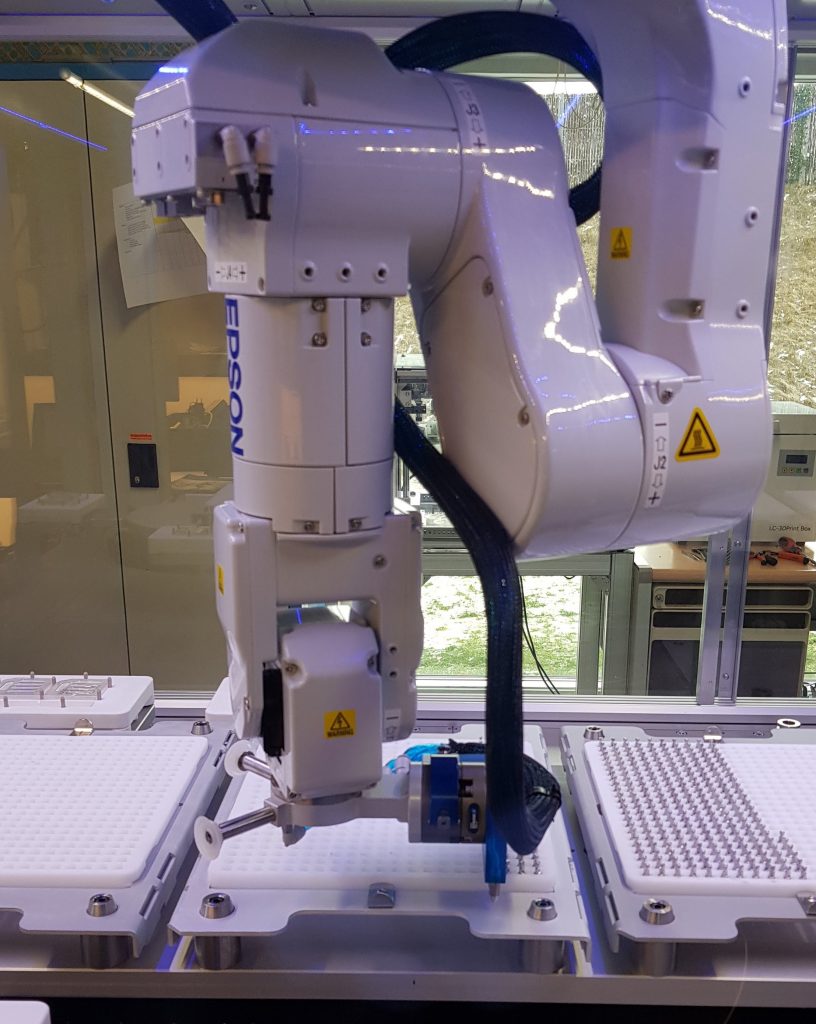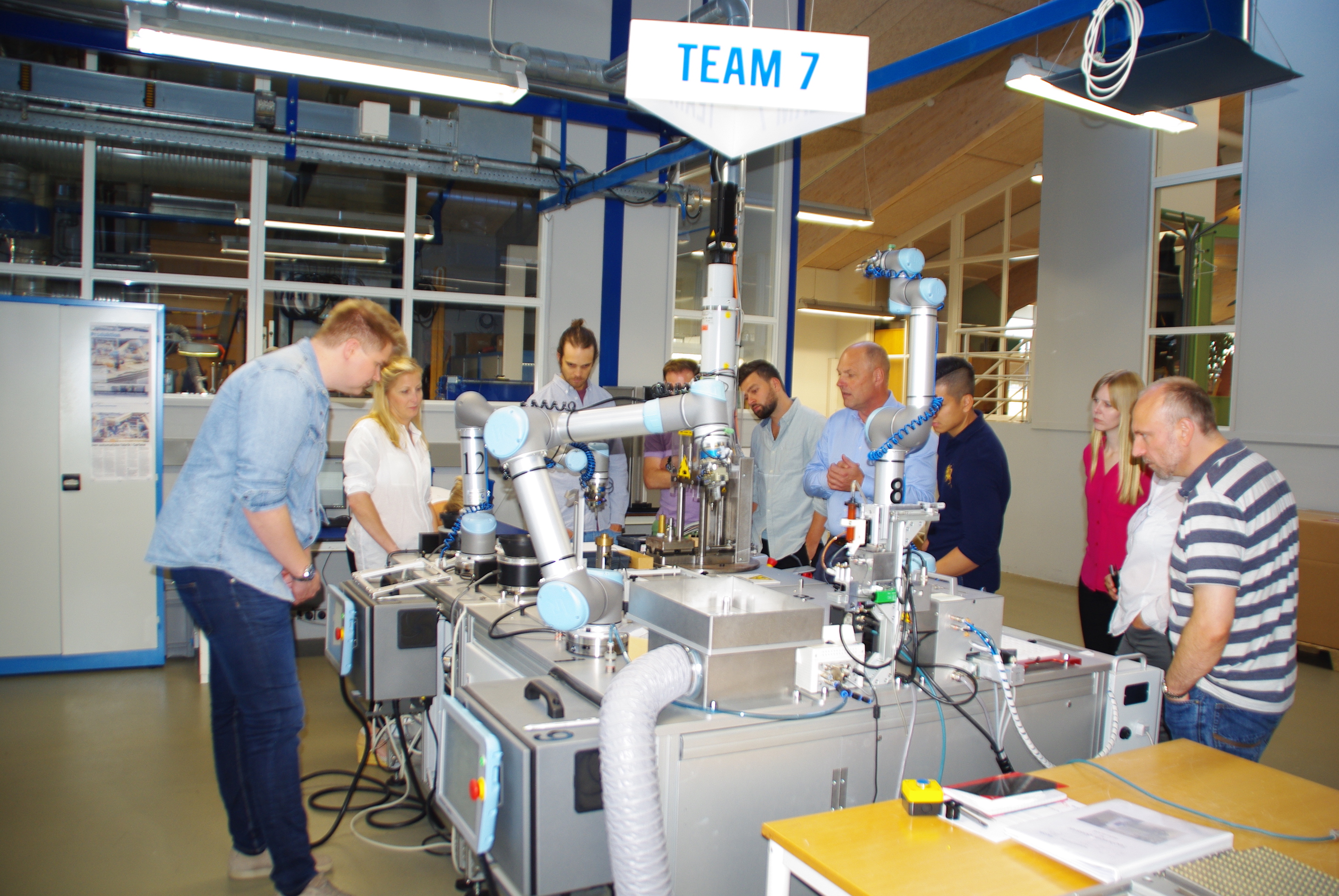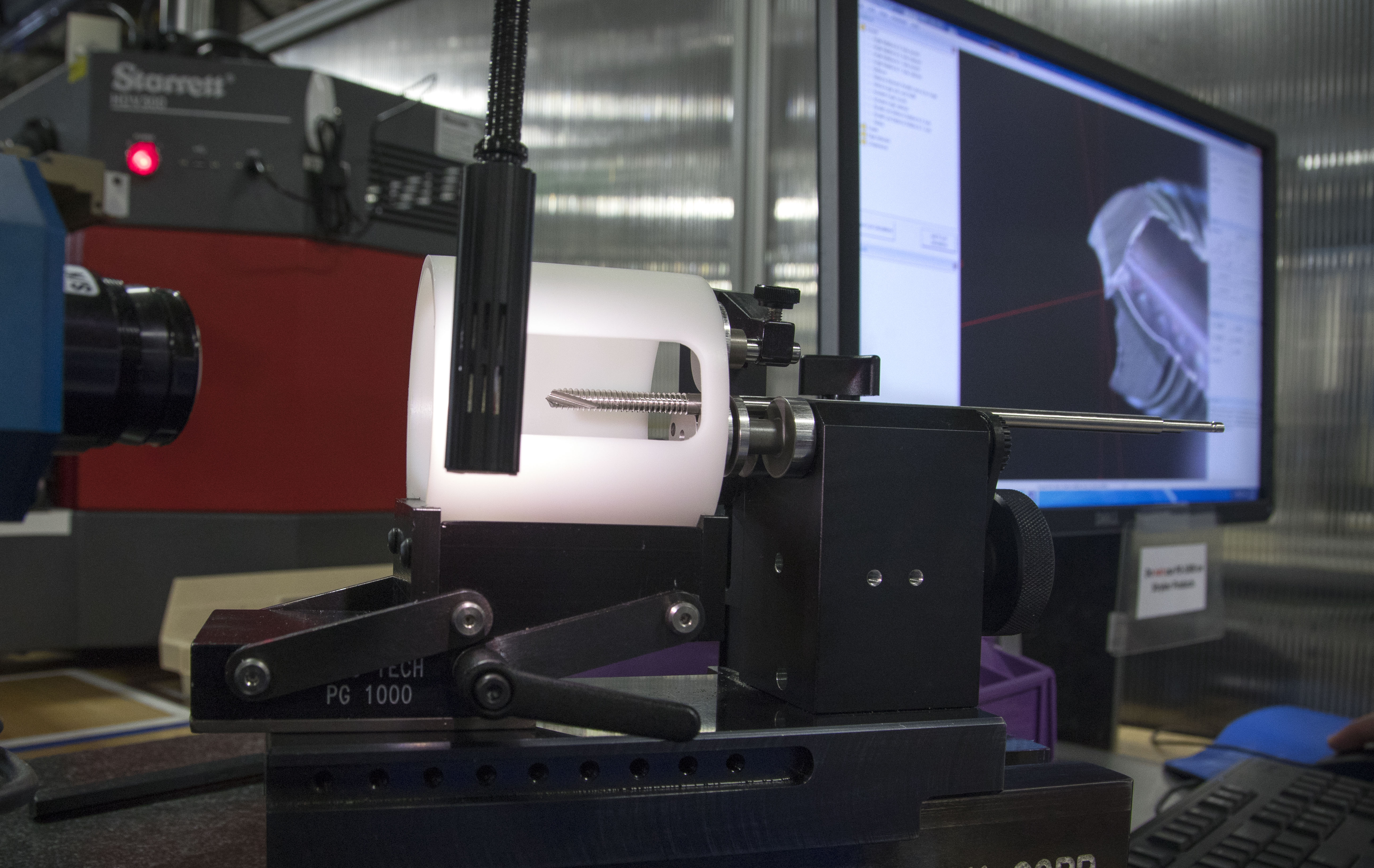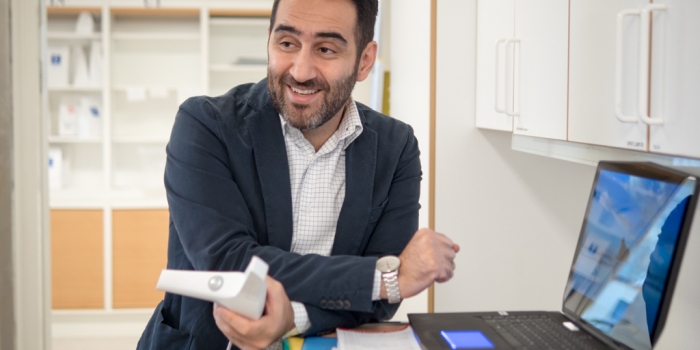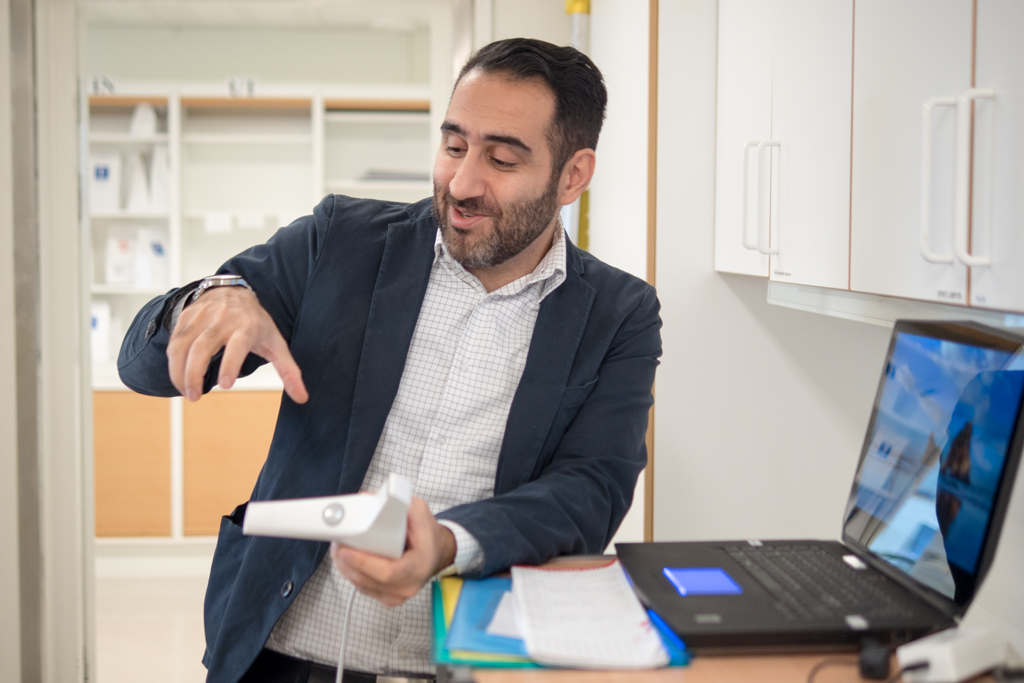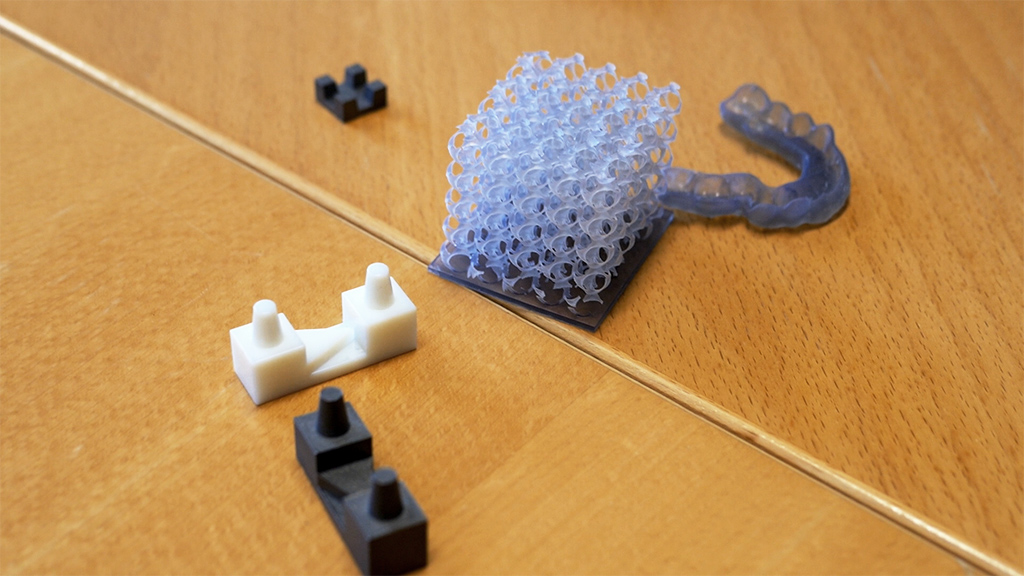Scientific research drives the development of digital dentistry
More and more dentists transition to a digital workflow. The technologies are developing fast, enabling easier procedures and higher quality results. Scientific research plays an important part in this progress. It provides dental professionals with valuable know-how and it shows the dental industry areas for improvement. I spoke to clinician and researcher Robert Nedelcu about his view and research on digital dentistry in general, and intraoral scanning in particular.
Hi, Robert! Can you start off by describing your background and current role?
Sure! I received my DDS (Degree in Dental Surgery) from Karolinska Institutet, Sweden in 1999 and in 2012 I completed a specialization in Oral Prosthetics at Karolinska Institutet and Stockholm Dental Implant Center. At present, I divide my time between clinical work as a senior clinical consultant and undertaking doctoral research at the Department of Plastic and Maxillofacial Surgery at Uppsala University. The latter includes lecturing internationally for the dental industry and various educational bodies in prosthetics. Altogether, it is a rewarding mix of commitments!
I can imagine! Tell me a bit more about your research?
The area of focus for our research is digital dentistry, in which we evaluate intraoral scanners (IOS) and associated CAD/CAM processes. So far, we have completed two studies. The first study is evaluating finish line distinctness (FLD) and accuracy (FLA) in vitro in seven intraoral scanners compared to that of using a conventional impression. Our second study is evaluating accuracy and precision in vivo of 3 intraoral scanners and accuracy in conventional impressions. As there are several studies in vitro comparing scans on models, we believe it is important to also test intraoral scanners under clinical conditions in the patient’s mouth, where the scanner is actually used by dentists. In the study, we used Elos Medtech’s scanbody to connect to the implants.
Interesting! So, how well did the intraoral scanners do in terms of accuracy and in recreating finish line?
Briefly put, their performance varied. The results from our first study show us that some intraoral scanners outperform conventional impressions with regards to finish line distinctness and accuracy. Still, the opposite was also true for a couple of the tested scanners. Regarding these, their inherent scanning technology or proprietary handling of scan-data made them fall short.
The results from our second study show that there are differences among intraoral scanners regarding accuracy and that intraoral scanners can perform just as well as conventional impressions when restoring up to ten units without extended edentulous spans.
Why is this information important to dentists who are entering a digital workflow?
More and more dental professionals are in the process of implementing a digital workflow to their daily practices. For the dentist, intraoral scanning and associated digital dentistry solutions make up a big part of this. There are many advantages of taking a digital impression of the patient’s teeth. However, even though the actual scanning is done in an instant, preparation and above all, knowledge and initial practice in the different steps of the process are essential to get a good result.
Clinicians need to be aware of both the possibilities and the potential technical limitations of intraoral scanners and associated digital dentistry solutions. This enables the dentist to critically evaluate the digital impression, perfect it and ultimately provide the patient with a high-quality prosthetic solution. In other words, additional knowledge within the area is needed and scientifically based information creates a safe ground for dentists to make the best possible decision regarding choice of technology and how to work with it. Accuracy, precision, how easy it is to identify finish lines, as well as the accuracy of the finish lines and the immediate proximity, are just a few of the relevant aspects to evaluate further. My research team and I are now in the middle of a new research effort where we are looking at intraoral scanning in a much wider context!
Exciting things ahead then! What is your view of future developments of digital dentistry?
The digital development of the dental industry has come a long way already. The increased demand for digital dentistry solutions combined with scientific research is facilitating the process of making technologies more refined, reliable and easy to use. For example, it is already possible to perform intraoral scanning beneath the patient’s gingiva, and although there is no science to back this, it could, in theory, achieve a more precise recreation of the finish line in difficult cases. However, until proven, the requirements are the same as for conventional impressions; what you see, is what the scanner sees. To sum it up, the possibilities are increasing by the day and I am very excited about upcoming improvements and innovations within the field!
Thank you for an interesting chat, Robert. I’m looking forward to learning more about your current study further on!
Are you thinking about joining the development of the dental industry and go digital? Don’t hesitate to contact me with your questions! Elos Medtech offers a wide range of dental components and instruments that allow for a smooth and effective digital workflow.


